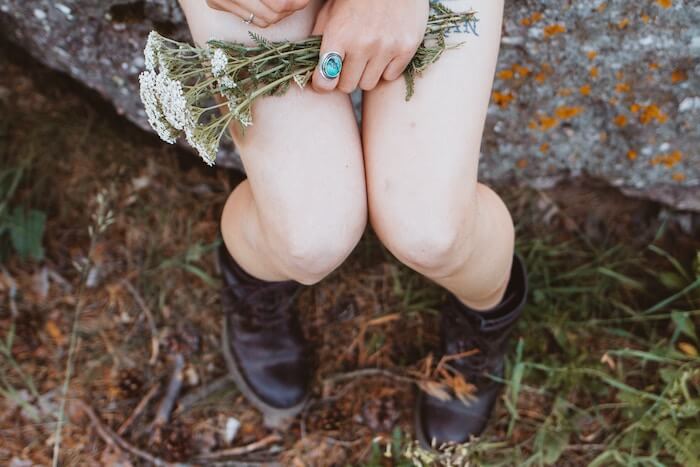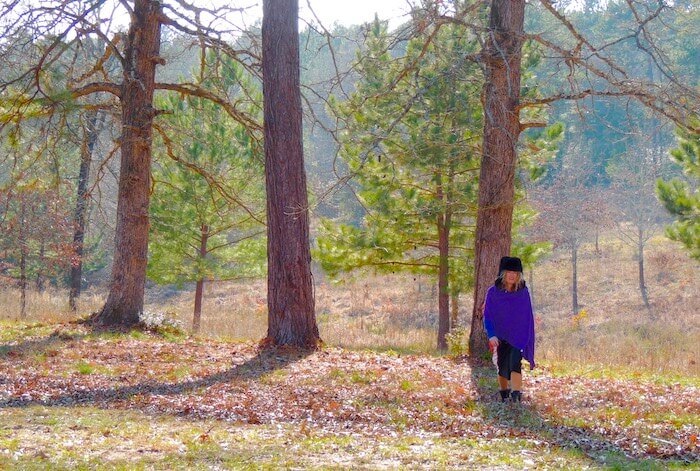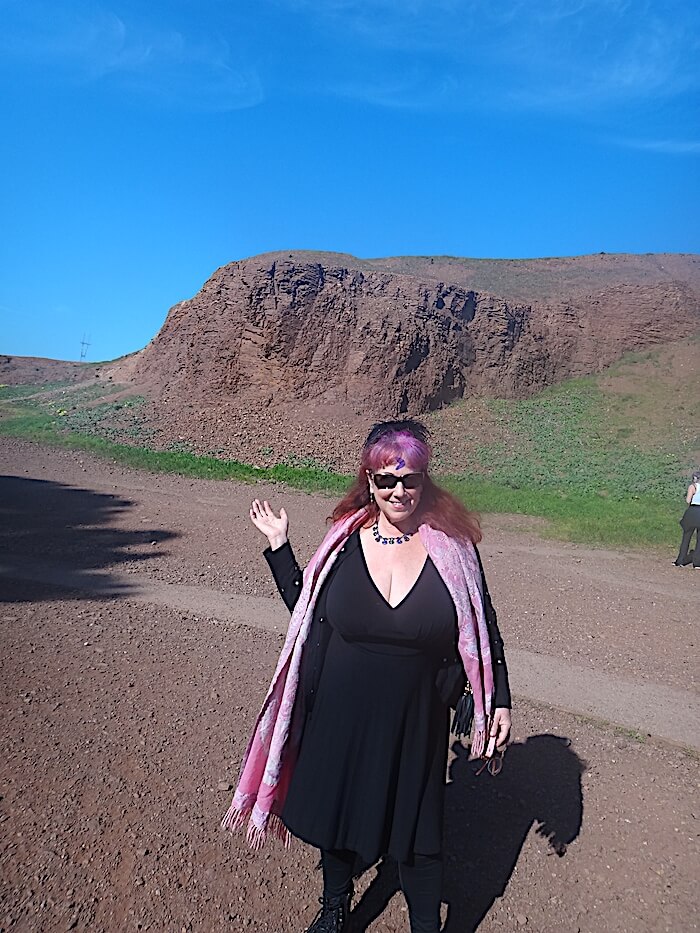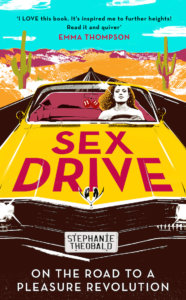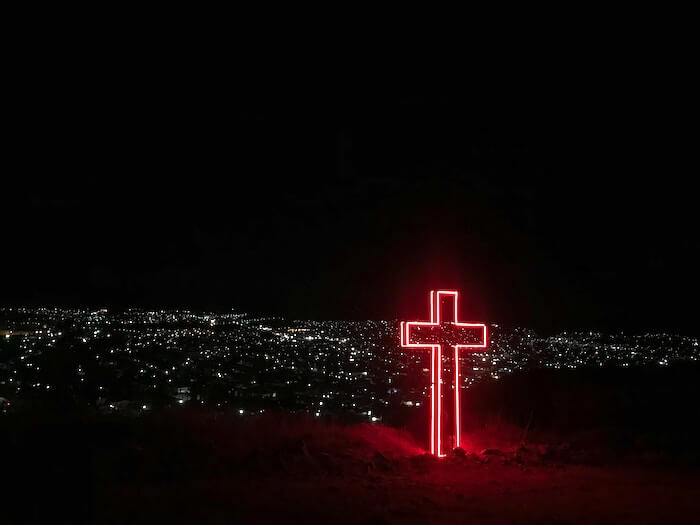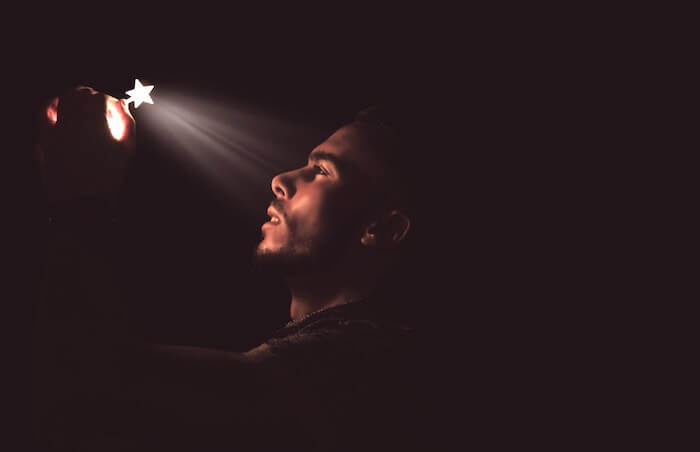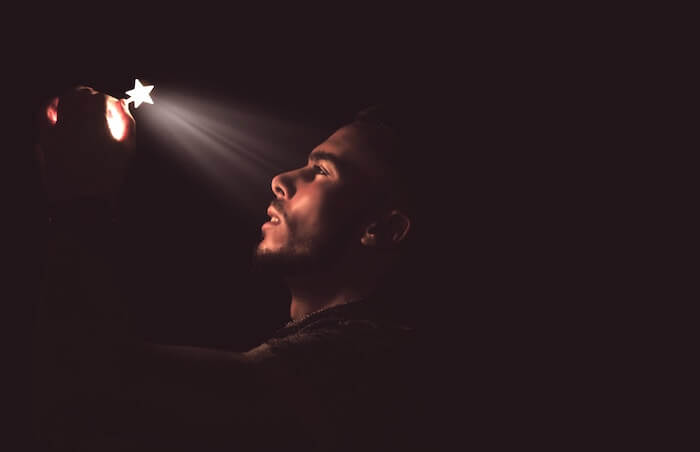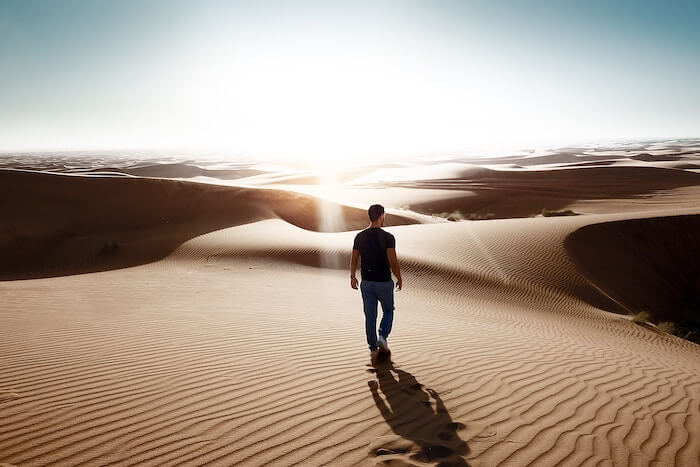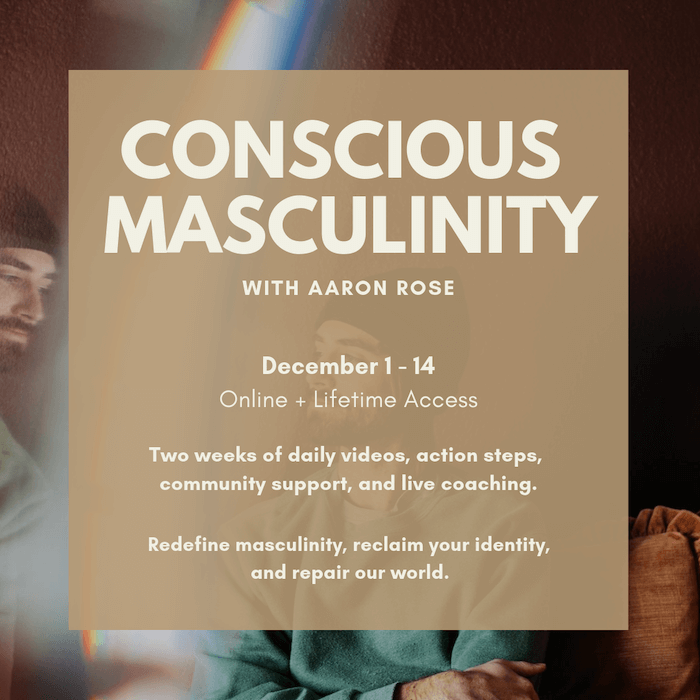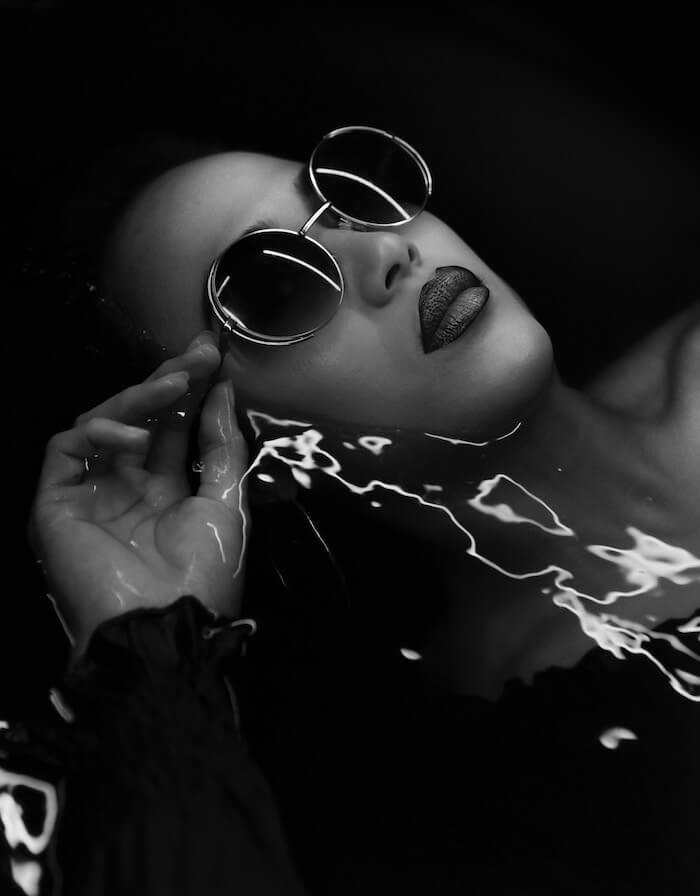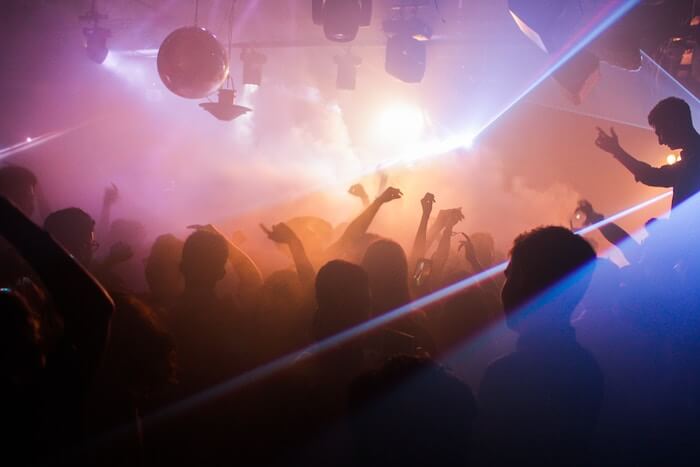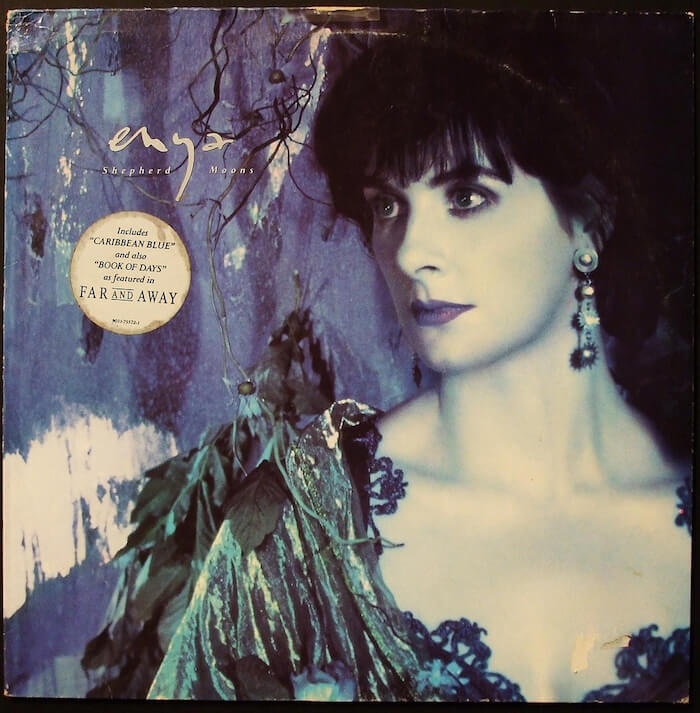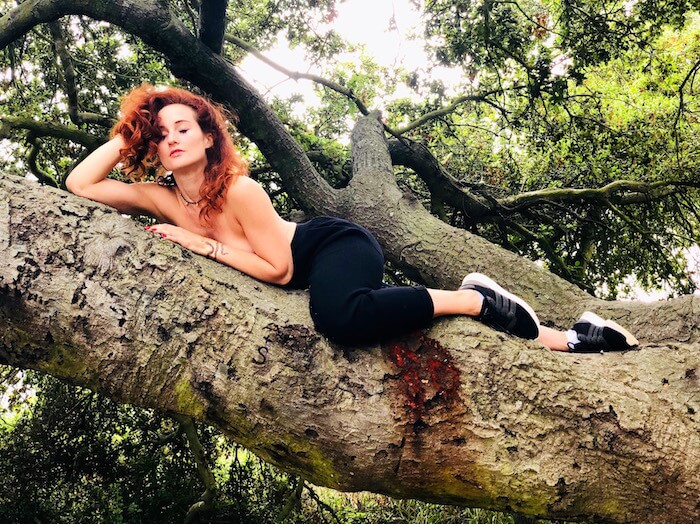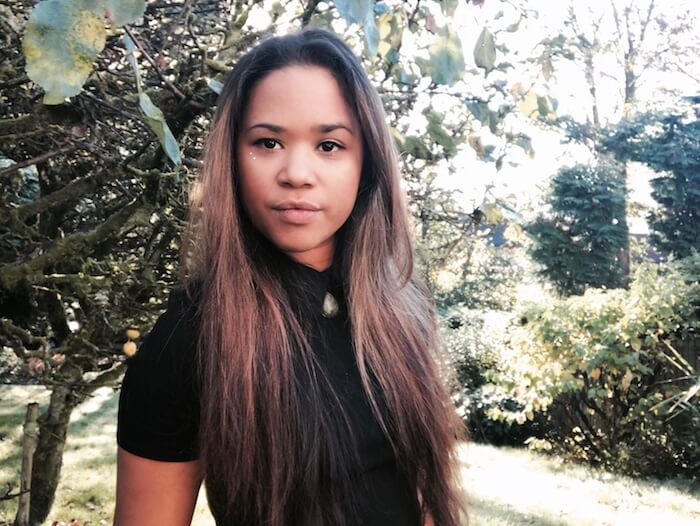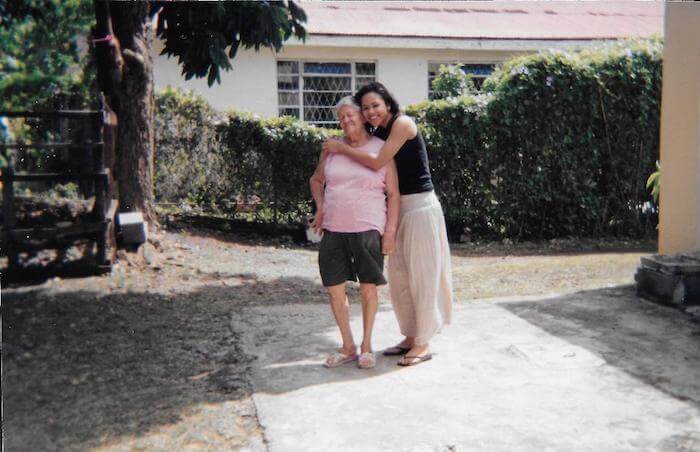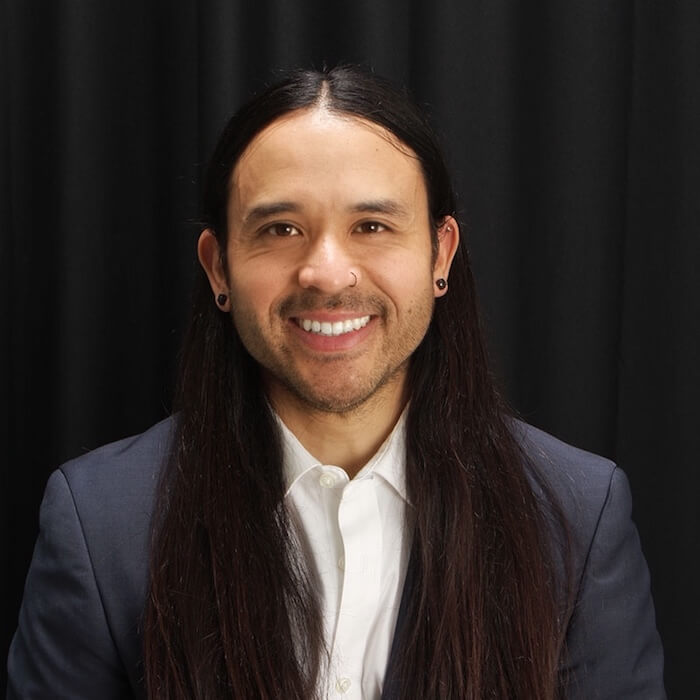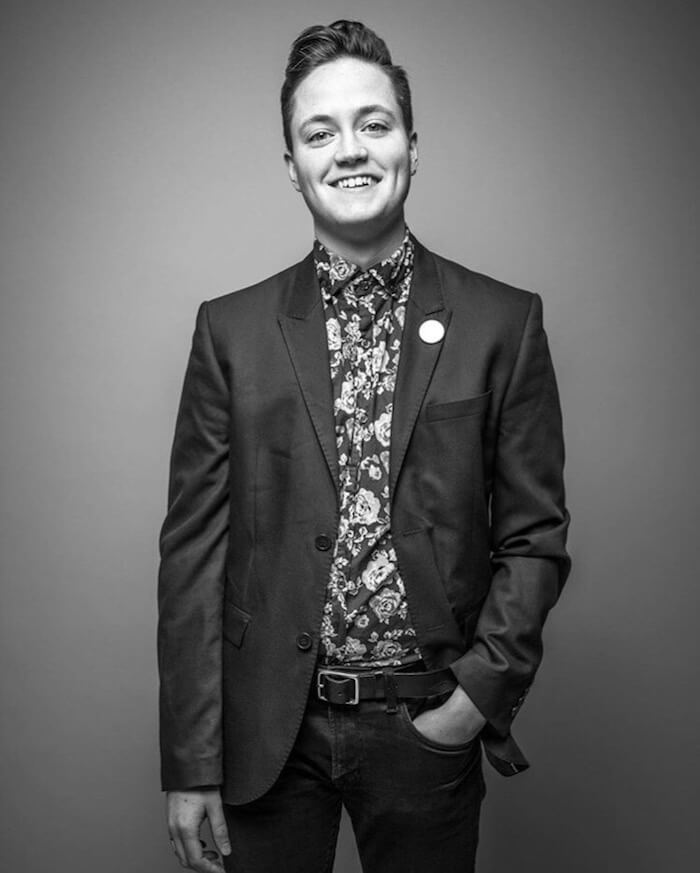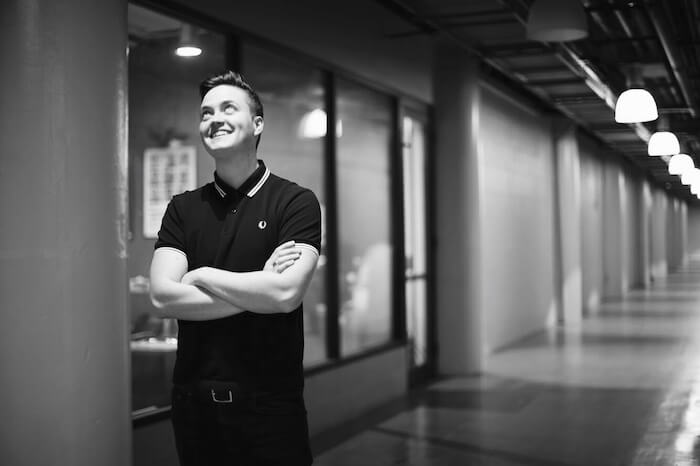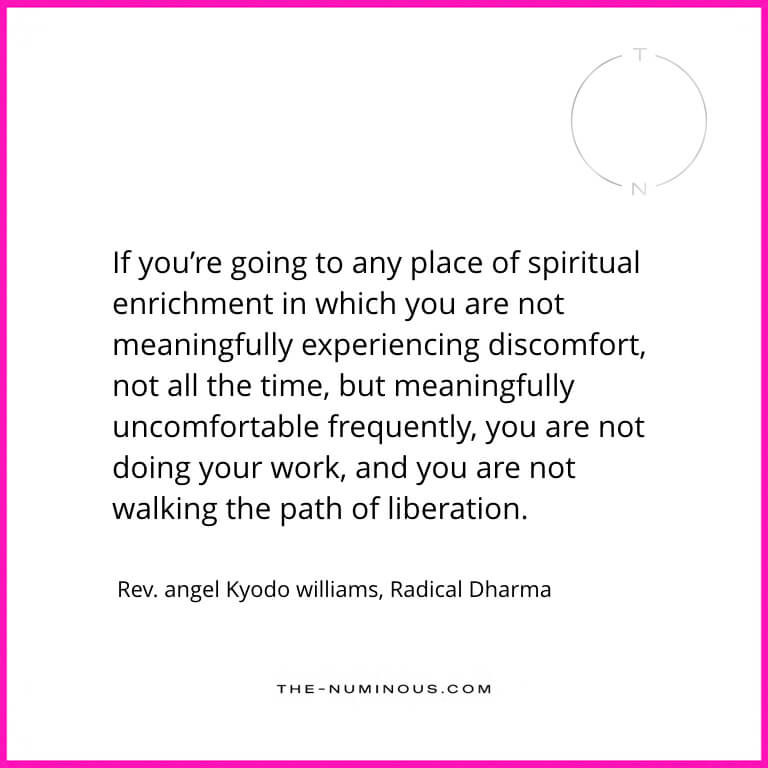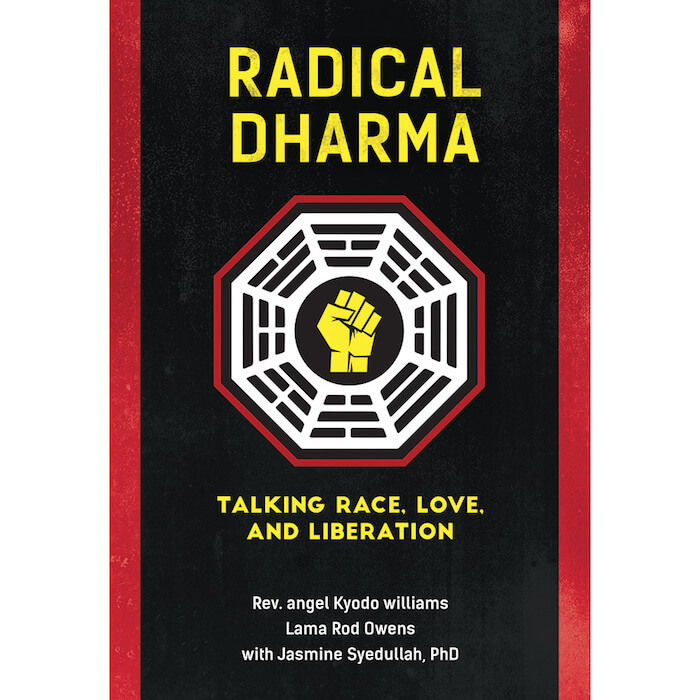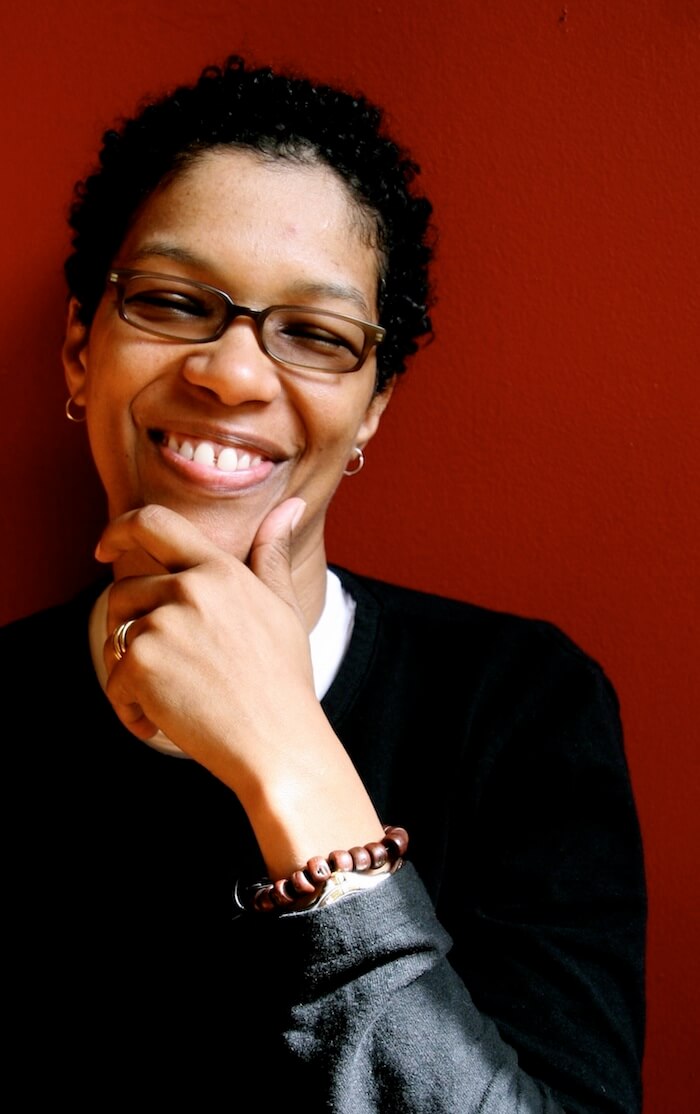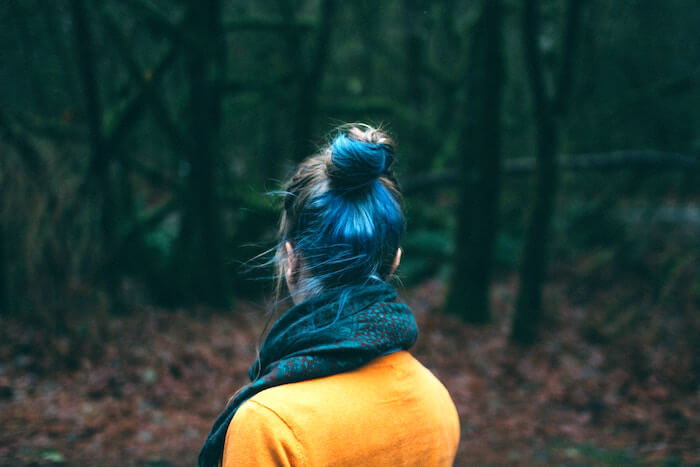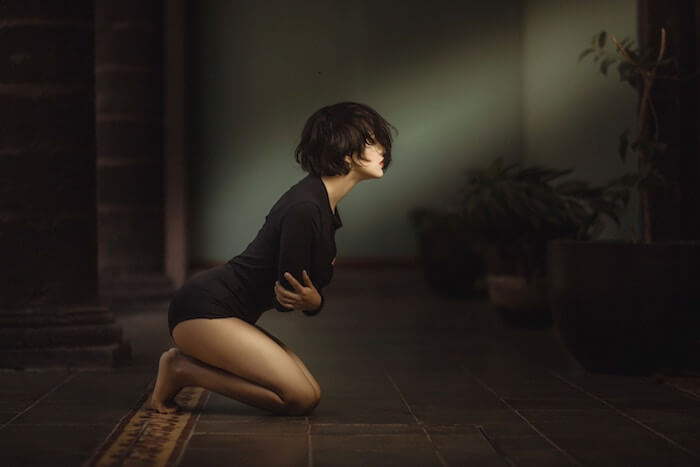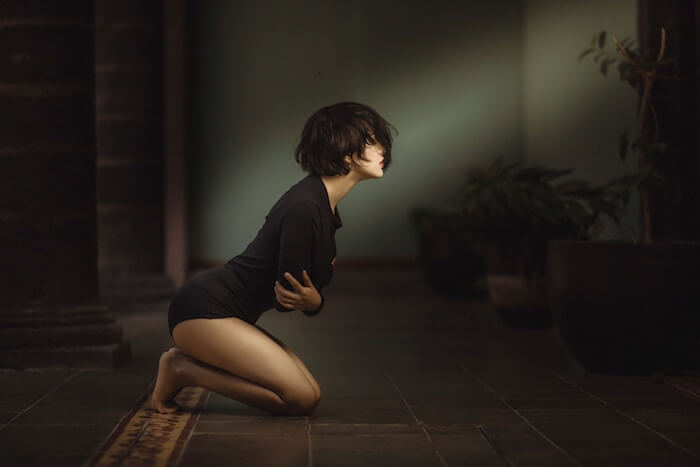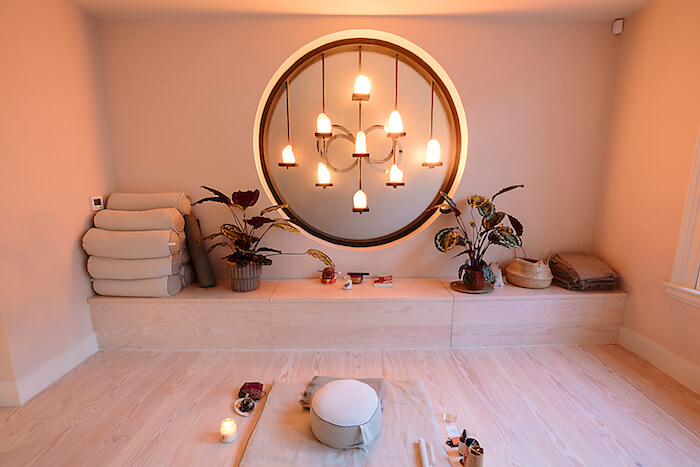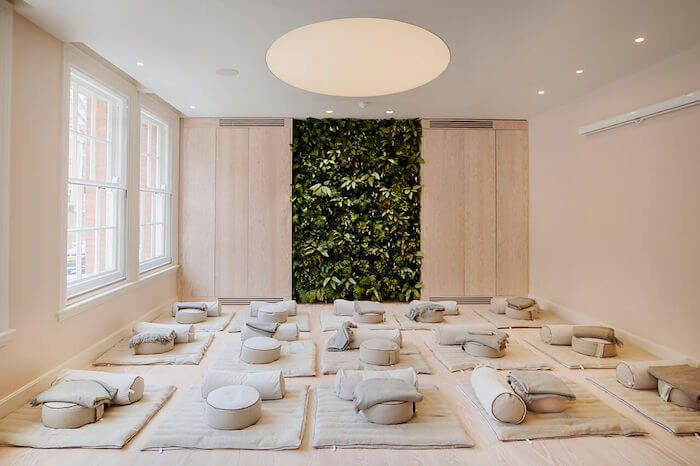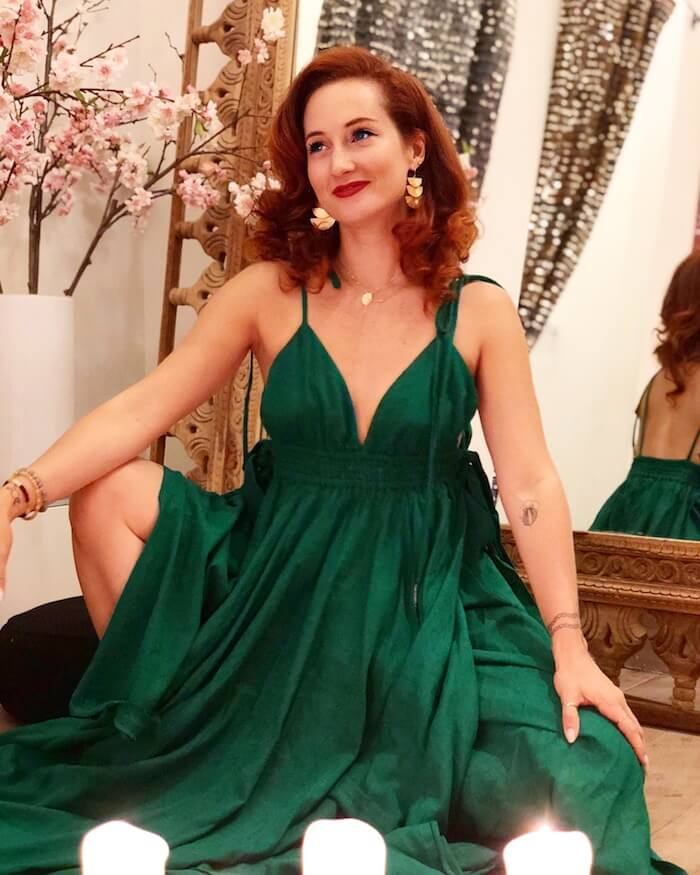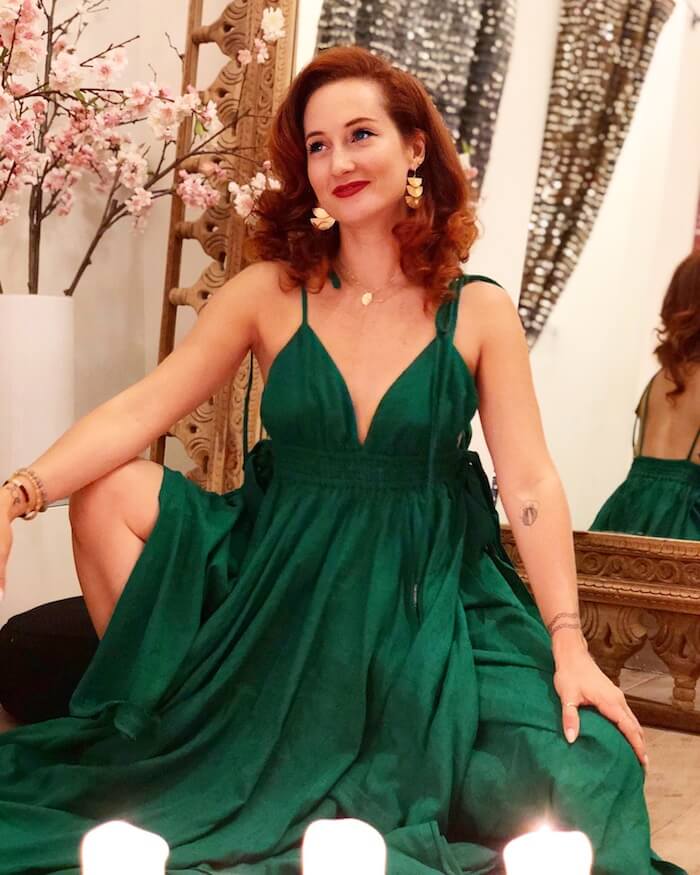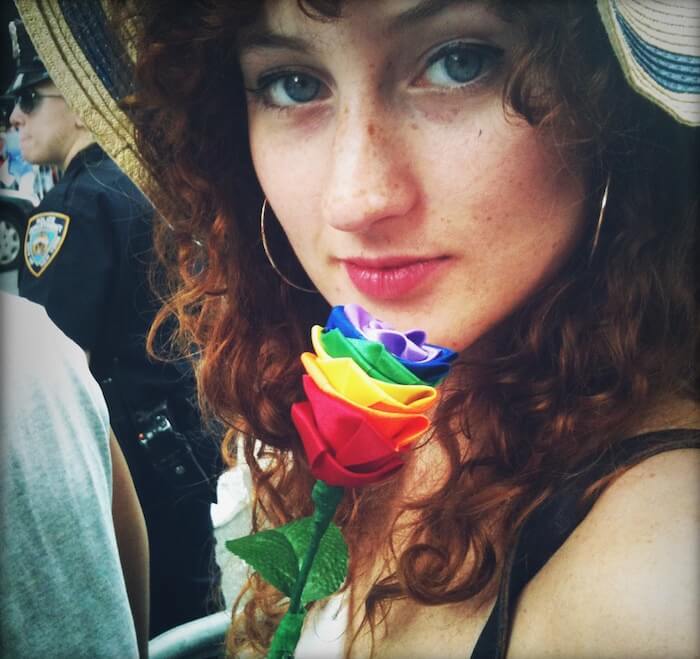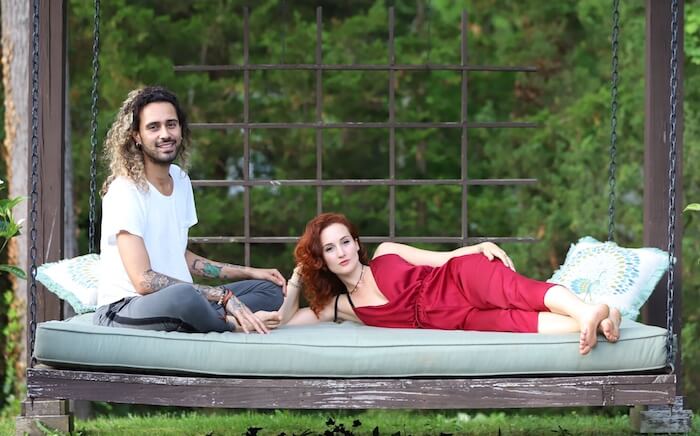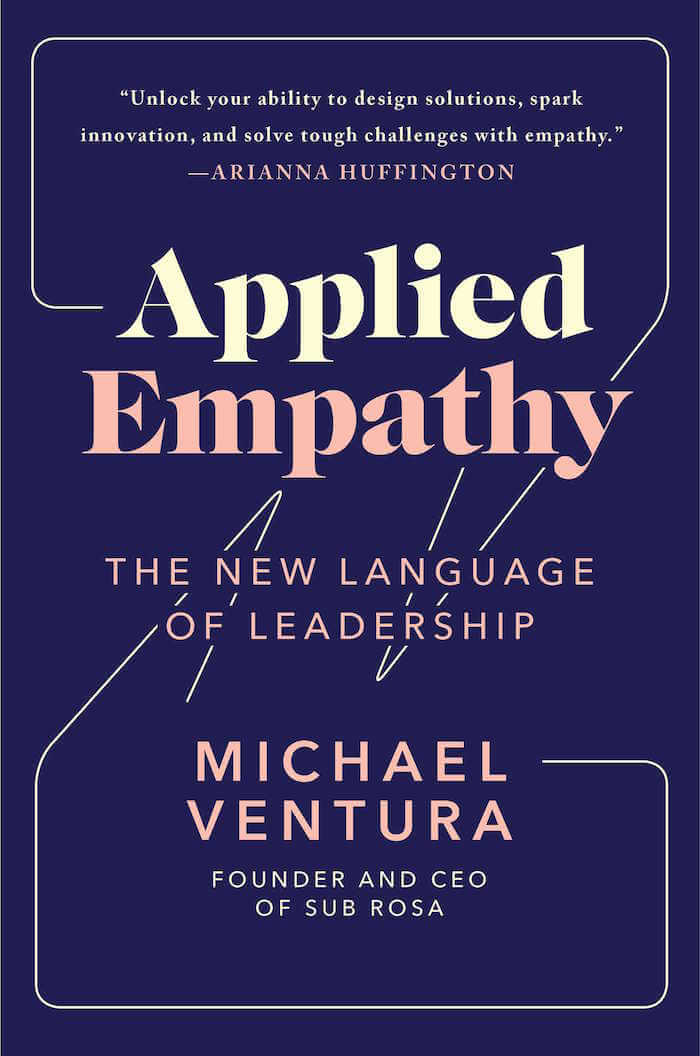With Mercury poised to station direct tomorrow, author of Little Languaging Hacks for Big Change, Dani Katz, reveals 5 magic words you can use to shift your consciousness right now …
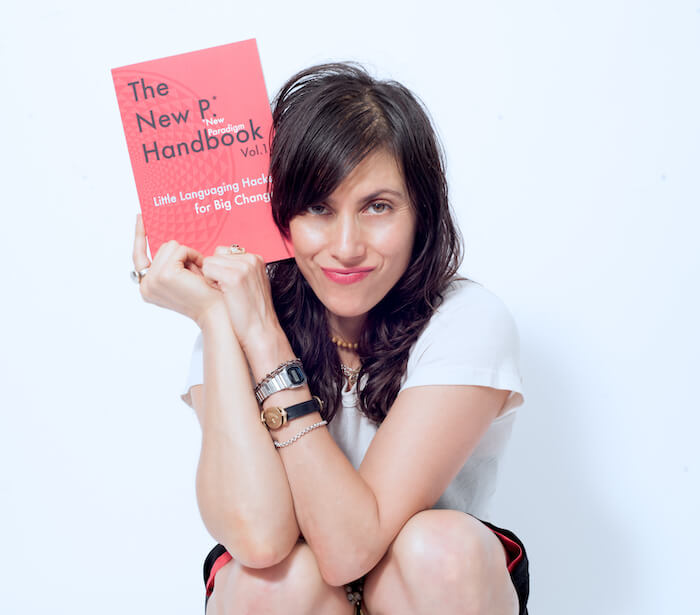
The subconscious mind is getting a lot of buzz these days, as the folks leading the personal development/human potential/manifest-your-best-life-ever movements have honed in on it as the method behind our proverbial madness (i.e. how and why humans operate the way we do).
You see, the subconscious mind is responsible for 95% of our decisions and behavior. It is the lens through which we organize our realities, as well as the command center that determines how our realties organize themselves; and it is programmed – first, foremost, and only – through words and repetition.
Words and repetition.
Words and repetition.
Words and repetition.
This factoid would be one thing if words were objectively neutral symbols, solely defined by intellectual connotation, singularly serving as symbolic reference points for the things and ideas they represent. Alas, words are infinitely more complex, multidimensional entities, each encrypted with a unique vibrational frequency that is itself coded with oodles of metadata that palpably affects our emotional, energetic and psychological bodies in subtle – and not so subtle – ways.
The words we use to communicate with others, as well as the ones running on the incessant loops in our heads as thoughts and self-talk, double as hyper-nuanced programming codes that serve to either empower or disempower us in every given moment. Every word matters, as the subconscious mind tracks and responds to each one we utter, think, type or scribble, without exception.
Quantum Languaging is a fun, simple method of deconstructing and perfecting the myriad ways, whys, and hows that words shape our every experience. I dive into lots of juicy and rollicking detail about it all in my new book, The New P. Handbook Vol. 1: Little Languaging Hacks for Big Change.
In service to up-leveling our lives and our world for the infinitely more wonderful, I offer up these five words we’d all be wise to wield on the regular …
///
1// Choose
We live in a world weighty with have-tos. We “have to” work, and make money, and floss, and kegel, and ground, and tap-in, to say nothing of the bills, and the paperwork, and the insurance premiums, and all the other matrix-y tasks that can really get a gal down, if she’s not mindful of how she’s framing her life.
The whole have-to paradigm is super disempowering, because it alleges that we are victims to external demands, and that we are enslaved to the tasks we are engaging.
This is where choice comes in. The reality is, we don’t actually have to do anything, ever. I can choose to skip flossing and kegeling, in exchange for gum disease, leaky pee sneezes, and mediocre sex. I can choose to skip my morning meditation, and let my mind run wild, and approach my day as a scattered, ungrounded, airy mess of discordant thoughts and vibrations.
It’s all a choice. I have free will. I can do whatever I want, as long as I understand that my actions have consequences. With that in mind, it is infinitely more empowering to frame these supposed have-tos as choices that we are willingly engaging as deliberate creators who are authoring our lives as we are authentically inspired.
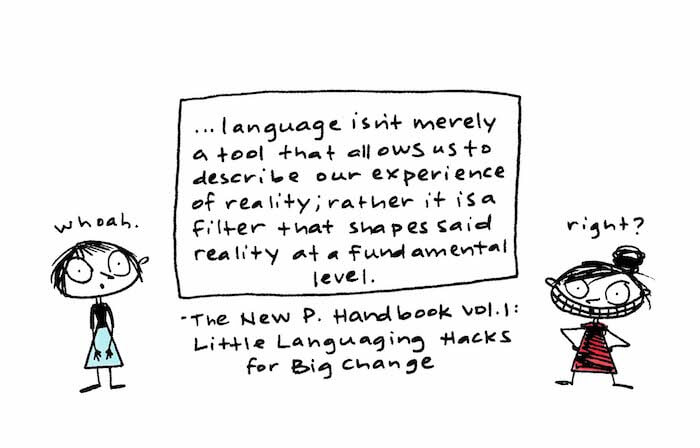
///
2// Thank you
“Sorry,” blurts the woman I jostled while squeezing my way through a crowded party, even though I’m the one who bumped into her, and she’s the one with kombucha dripping down her hand.
For what, exactly, are you apologizing? I want to ask. For inhabiting a body? For placing it in my path? For existing?
Sorry vibrates at the frequency of sorrow, which means that every time we utter a senseless sorry, we are sprinkling sorrow vibes on our reality, and basically, bumming out the planet. To this end, a hearty Thank you is an infinitely wiser, more uplifting way to quell the sting of the oopsie, while acknowledging the awkwardness of the engagement.
When I observe the urge to apologize (which is so often a cleverly disguised excuse to self-flagellate), I will instead offer a simple Thank you, which serves to honor the person for showing up as a valuable reflection in service to my/our growth, while adding some levity to the situation. As in, Thank you for giving me an opportunity to witness my clumsiness, or Thank you for letting me accidentally touch your boob, and refresh your obviously parched wrist.
///
3// As
Languaging our intentions in the future is a great way not to manifest them. The subconscious mind is fully steeped in the present moment. So when we say we are “going to” do something, it takes our words to heart, and goes about putting off third dimensional realization for an imaginary future day that never actually comes.
Present moment languaging hacks the subconscious mind, and tricks it into collapsing the perceived distance between our future, and our now, thus bringing our desires into our material realities quickly and easily.
While there are lots of words that shift us from future-based craving to present moment experiencing, as is my current fave. As is affirmative; and it has the agency, the authority, and the mojo to move our manifestations from concept to reality, quickly and efficiently, because that’s how we do. It’s why I’m not going to fall in love when I open my heart; I am falling in love as I open my heart; and, I am not going to relish in all the opportunity and abundance that will come my way when I finish writing my book; I am enjoying all the spoils and wonderfulness flowing in as I write my #1 bestselling literary sensation.
///
4// Historically
Just as new p. (paradigm) superheroes choose to language our intentions in the present moment, we frame our shadows in the past, because we are not tethered to the trials, tribulations, hardships, or identity constructs that lead us to this present moment, and we certainly aren’t going to seed our futures with them.
We are sovereign beings, deliberately creating our realities in each and every moment, which we know to be fresh, and new, and rife with possibility. And so, while I have historically tended towards the clumsy, I am now embodying ever-expanding levels of bodily awareness and mastery that have me moving easily and gracefully through the world. And crowded house parties.
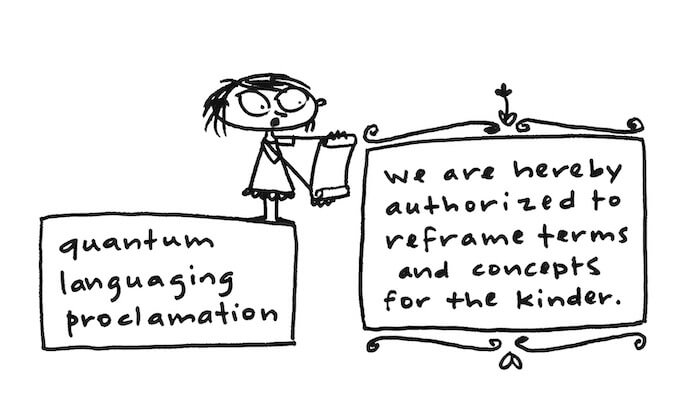
///
5// Omniscopic
om•ni•sco•pic adj. every moment access to every possibility that is, was or will be.
The word omniscopic is pretty much your new BFF. It’s a handy-dandy alternative to the words limitless and unlimited, which – despite their best intentions – only ever tether us to the frequencies of the “limitation” they profess not to espouse. Remember, the subconscious mind is super, very literal. This means that, well-meaning though our suffixes and prefixes may be, when they are employed, the subconscious mind latches onto the actual word these little guys are attempting to modify, and goes about organizing reality according to the very frequencies they claim to cancel out.
Luckily for us, language is an ever-unfolding work in progress. And so, having happened upon this gaping hole in our lexicon, I have taken it upon myself to toss some linguistic novelty into our collective mix by crafting this handy-dandy new word.
I recommend using it widely and often, while enjoying the spoils, sparkles, and giggles that come from living life as an empowered creator in a world of omniscopic abundance, and awesomeness. We’re welcome.
Dani Katz’s The New P. Handbook Vol. 1: Little Languaging Hacks for Big Change is out now, and you can connect with her on Instagram, Youtube, and danikatz.com for more wisdom.

